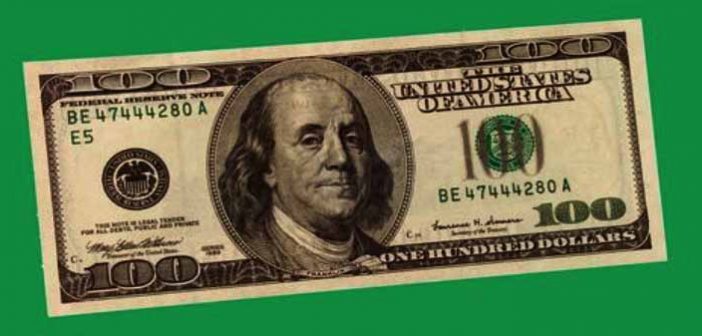Just about everything is getting more expensive in the United States as the stimulus-fueled economy rebounds and Americans are again spending on shopping, traveling, and eating out. But the pandemic is far from over, and supply-chain woes mean supply isn’t meeting demand — sending prices even higher.
Nearly all major components of the government’s inflation measure increased in April, the Bureau of Labor Statistics reported recently.
US consumer prices in April increased 4.2 percent from a year earlier, more than the 3.6 percent economists had predicted. It was the biggest 12-month increase since September 2008, the height of the financial crisis.
Prices rose 0.8 percent on a seasonally adjusted basis between March and April — also more than analysts had expected.
Stripping out more volatile food and energy prices, core inflation was 3 percent in the 12-month period through April, the biggest increase since January 1996. For the month, core prices rose 0.9 percent, the largest monthly increase in 39 years.
Inflation accelerated because “the economy is recovering from the downturn of 2020 as more Americans are vaccinated, stimulus fuels consumer spending, and businesses gear up for the recovery,” said PNC senior economist Bill Adams.
The biggest driver of last month’s inflation jump was a steep 10 percent increase in used cars and truck prices. That spike accounted for more than a third of the overall inflation increase and was the biggest price rise since the government started tracking the data in 1953. Over the past year, used car prices rose 21 percent.
The auto market was whipsawed in the pandemic — first collapsing as people hunkered down at home and then spiking as they sought to travel without relying on public transportation. On top of that car, manufacturers were closed or running at reduced capacity due to a shortage of computer chips used in vehicles. All this boosted the demand for used cars.
Prices for shelter and lodging, airline tickets, recreational activities, car insurance, and furniture also contributed to the April price increases. Clearly, people are willing to travel again, and businesses in the industry are responding with price increases after a year of operating on a very limited scale.
“Take a step back. All these components have been pushed up by the reopening of the services sector, with the exception of the used car component, but here too Covid-19 is the story,” said Ian Shepherdson, chief economist at Pantheon Macroeconomics.
“People need to go back to work, but reluctance to use public transportation has driven up demand for used cars, and prices have surged. This won’t go on forever,” he added.
Food prices rose 0.4 percent in April as both groceries and restaurant prices went up.
Year-over-year, food prices are up 2.4 percent.
Meanwhile, energy prices, which had been a major driver of inflation over the past months, came down slightly. Even so, over the past 12 months, the energy price index climbed more than 25 percent.
Price increases, supply chain problems, and shortages have become hot-button issues for the global economy as it recovers from the pandemic shock of 2020. Higher inflation was expected as the economy began to reopen. The Federal Reserve, whose mandate it is to keep prices stable, continuously said that moderately higher prices this summer will be temporary. But the longer price increases persist, the more attention the Fed will have to pay to them.
But the supply chain issues — including the Suez canal traffic jam in March and the hack on the Colonial pipeline last weekend — exacerbated the problems already created by a shortage of shipping vessels. Raw material prices for all sorts of goods — oil, steel, lumber — are going up as demand is outpacing what can be supplied. All of this is pushing inflation up further.
For investors, the worry is that runaway inflation will force the Fed to change its ultra-loose monetary policy stance sooner than hoped, either by raising interest rates or tapering its billion-dollar asset purchases. That would be bad news for the stock market.
Another worry is that if inflation is too high for too long it will discourage Americans from spending the money in their wallets because things are too expensive. That would be really bad news because the US economy runs on consumer spending.
US stocks started the day lower following the report, with all three major stock indexes in the red. ♦
(The story originally published by CNN)




